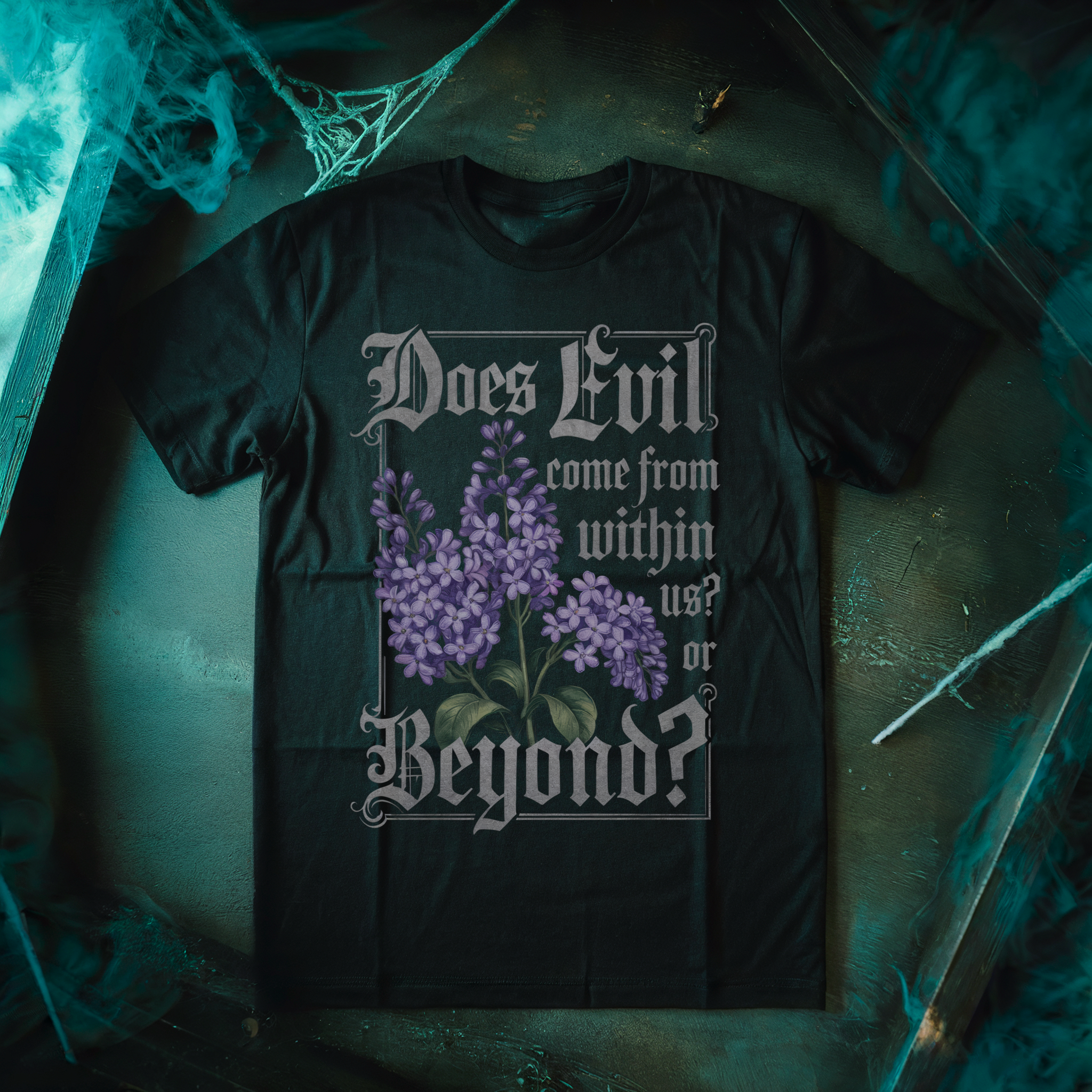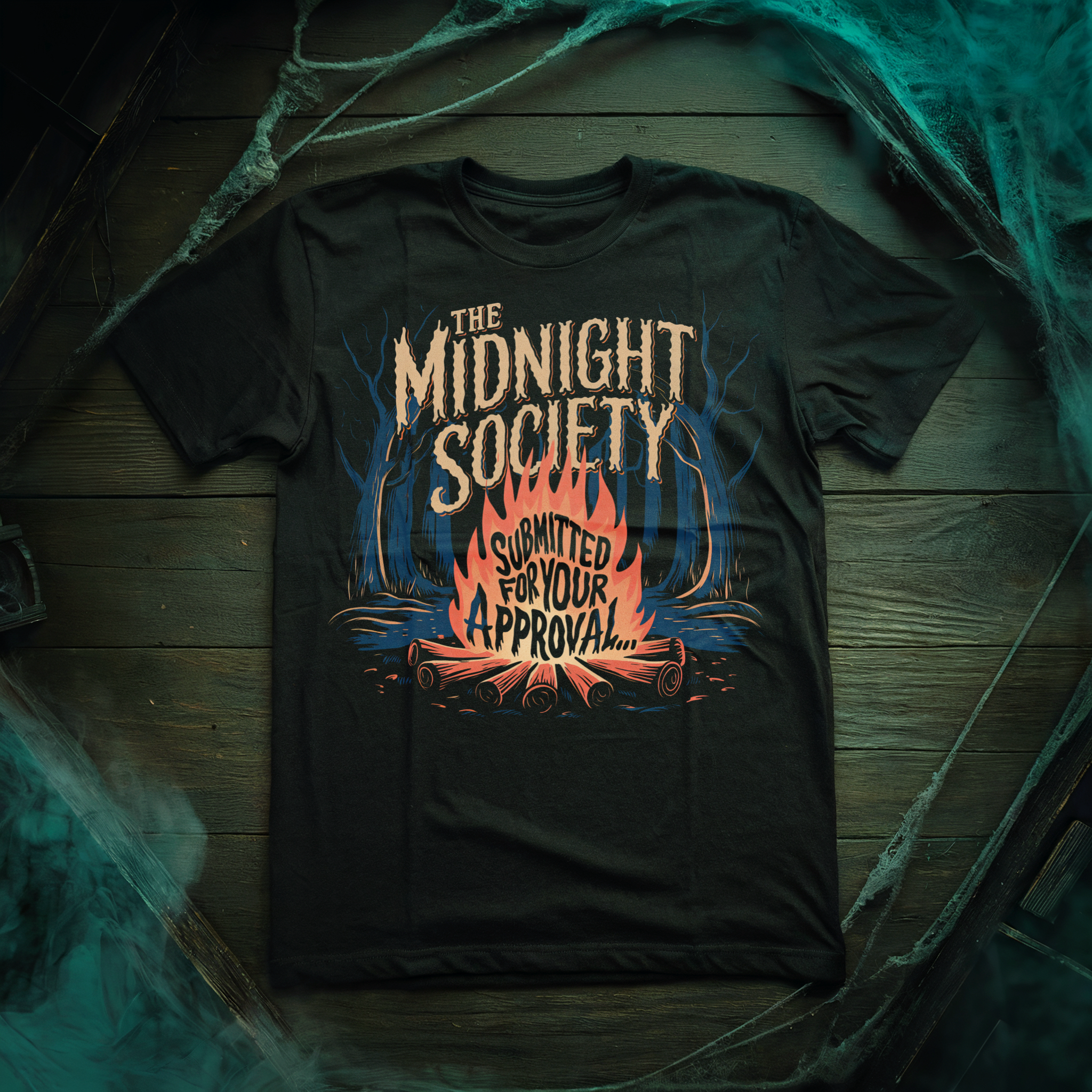It’s that time of the month, readers. Dust off your battlevest, knock back that 40 oz, and settle in for another edition of Gut The Punks! A monthly column devoted to genre cinema with a loose association to punk rock, heavy metal or any other counterculture, set to a loud, aggressive soundtrack. Together, we will explore the bigger picture and the implications on the real world.
This month, I rewatched one of my favorite films from the past decade, Jeremy Saulnier’s 2015 violent thriller Green Room. Even after several viewings, it still shakes me to my core due to its realistic portrayal of white supremacist organizations, who are responsible for acts of senseless violence and murder around the world. Each viewing reveals a new detail I hadn’t noticed before, proof that Saulnier did his research.
“[Green Room] still shakes me to my core due to its realistic portrayal of white supremacist organizations, who are responsible for acts of senseless violence and murder around the world.”
Washington hardcore band “The Ain’t Rights” are struggling to make money while on tour in the Pacific Northwest. They’re so broke, they’re reduced to syphoning gas to get to the next town. Desperate, they agree to play a show at a remote dive bar, run by racist skinheads, only to pay their way back home. Their set is surprisingly well-received by the crowd, but when Pat (played by the late Anton Yelchin) witnesses a murder backstage, he and the rest of the band are locked in the green room while the skinheads, under the direction of the club owner Darcy (Sir Patrick Stewart!), decide how to handle the situation. On the other side of the door, the skinheads assemble a small army, armed with guns, machetes and trained attack dogs, while the captive punks must fight them off, using only their smarts and the few items they find in the green room.
Before I move any further, I need to clarify that the skinhead movement didn’t start off racist. English working-class youth began shaving their heads and wearing heavy leather boots in the late 1960s to distinguish themselves from the middle class. The style promoted unity with working-class Jamaican immigrants, and skinheads developed a fondness for ska and reggae. The only cases of violence came in the form of soccer hooliganism. But as the movement got more political, it broke out into different branches and was co-opted by white nationalists. There are still non-racist branches of skinheads today, like the DMS (Doc Marten Stompers) and SHARPs (Skinhead Against Racial Prejudice)- terms that are briefly mentioned in Green Room.
According to memoirs I’ve read from the frontmen of Black Flag and MDC, there was a prominent neo-Nazi presence in the 1980s punk scene. They tell stories of skinheads, which they refer to as “boneheads,” sieg-heiling in the front row of their shows and waiting in the parking lot to jump the band members. Eventually, the boneheads were run out of the punk scenes of major cities, and were forced to relocate in rural communities. It’s possible the skinhead gang in Green Room are remnants of the infamous East Side White Pride gang, originally based in Portland until they were run out for the murder of an Ethiopian immigrant.
As the chapter leader, Darcy employs different tactics to recruit new members. Speaking with Gabe (Macon Blair, who appears in all of Saulnier’s films), we learn that Darcy once had Gabe distributing leaflets and literature for their organization. Darcy might not care for the music playing at his club, but he knows it’s a useful recruitment tool. In fact, many hate groups operate through music labels, most of them based in the US, thanks to First Amendment laws. The music has become a lot subtler than early racist skinhead bands like Skrewdriver. It’s been rebranded as “Hate-Rock”, or nationalist-socialist black metal. The club’s house band, Cowcatcher, hide hate propaganda in their lyrics, though you wouldn’t be able to tell if the words are screamed. Aggressive music is a great way to appeal to troubled youth, and holding live concerts with cheap beer gathers them all in one room. On weekdays, Darcy holds workshops on “racial advocacy,” furthering his indoctrination of young minds.
“As the neo-Nazis are butchering the bandmates one by one, we tend to forget they are only human. It’s easier to see them as monsters, that way we can root for the protagonist’s survival.”
When locked in the green room, Pat asks Amber (Imogen Poots)— a skinhead girl who also witnessed the murder—how she got caught up in the ideology. She says she came from a neighborhood where she felt threatened by non-whites. By dressing up tough and sporting certain symbols, people would leave her alone. Kids from broken families are also ripe for the picking. Skinhead gangs give the feeling of belonging to a big family, with members referring to each other as brother and sisters. For many who never amounted to much, their whiteness is all they have going for them. To quote Russell Crowe’s neo-Nazi character in Romper Stomper (1992), “I want people to know I’m proud of my white history and white blood. One day it might be all I have”.
There’s different tiers to Darcy’s movement. To throw off the cops, Gabe convinces two “true believers” to be lightly stabbed and be detained by police, without question. Sacrifices, they believe, must be made for the greater good. Then there’s the “red laces,” signifying those who have spilled blood for the skinhead movement, possibly by randomly attacking someone on the street. They are trusted with handling the gang’s dirty business with discretion and the group’s best interests in mind.
White power organizations are often armed to the teeth, not only because they believe in their rights to bear arms, but they’re also stocking up in preparation for the hypothetical race war, ready to attack people of color once it’s deemed acceptable by the grand public. Darcy does not want to get the authorities involved, because, among other reasons, his guns are not registered. Several cases of illegal weapons being traded within neo-Nazi cells have been uncovered. Earlier this year, police came across a plot hatched by the fairly new faction, Atomwaffen, to manufacture “ghost guns,” using parts that can’t be tracked by the government.
As the neo-Nazis are butchering the bandmates one by one, we tend to forget they are only human. It’s easier to see them as monsters, that way we can root for the protagonist’s survival. But members of such hate groups have often had sudden epiphanies that they are on the wrong side of history. They make the decision to leave, but it’s easier said than done. They will be branded “race traitors” and could be marked for death, especially if they are privy to illegal activity. The girl who was killed backstage was planning on leaving. Her boyfriend Daniel (Mark Webber), was also planning to hand over incriminating evidence to the police; a bloody baseball bat that Darcy says was “supposed to disappear after the boot party” (a term used for when skinheads stomp and beat someone to death, or at least, close to death). Some might remember in American History X, Edward Norton’s character has a gun pulled on him when he tries to leave the gang he once led.
“[These groups terrify] me more than any horror movie. But for a moment, it’s comforting to think a group of scrawny punk kids can hold off a gang of violent and organized white supremacists.”
There’s one recruitment tactic that wasn’t mentioned in Green Room that would render music and skinhead culture obsolete: the internet. Hate groups have managed to sway large numbers of people across the globe through chatrooms, podcasts and online videos. As of this writing, close to a dozen people in my own city have been exposed as being part of an online network of neo-Nazis. Two of them have even played in local metal bands. One was in charge of running the largest website for hate propaganda, The Daily Stormer, and participated in the infamous Unite the Right rally in Charlottesville. Others have marched in anti-immigrant demonstrations across the province, and a disturbing amount of people in the Canadian Armed Forces that have been exposed as purveyors of white power. Many of them have links to the above mentioned Atomwaffen whose members, at this time, are responsible for at least three murders in the United States.
The Atomwaffen Division reportedly provides military training for its members. They have discouraged recruits from appearing at protests, saying they should instead go underground. Strangely enough, they have dismissed skinheads as the old guard. You won’t see any shaved heads and tattoos among them. They wear plain clothes to blend in with society, to make their views seem more mainstream, even if they draw inspiration from Adolf Hitler and Charles Manson. What’s frightening is that they encourage members to engage in “lone wolf activity,” which could be interpreted as mass shootings and other such acts of terrorism. And this terrifies me more than any horror movie. But for a moment, it’s comforting to think a group of scrawny punk kids can hold off a gang of violent and organized white supremacists.
![GREEN ROOM imogen poots [Gut The Punks!] GREEN ROOM and the Frightening Reality of Neo-Nazi Gangs 11 GREEN ROOM imogen poots](https://nofspodcast.com/wp-content/uploads/2019/12/GREEN-ROOM-imogen-poots.jpg)
Probably one of my favorite parts of Green Room is when the Ain’t Rights decide to troll the entire room of skinheads with a cover of “Nazi Punks Fuck Off” by Dead Kennedys, a band I wouldn’t mind having as my desert island band (as well as Jello Biafra’s post-DK discography, even the spoken word albums). The official soundtrack includes complete Ain’t Rights originals such as “What Have I Become?” and “Toxic Revolution.” The songs are like deleted scenes, and act as character studies of the protagonists.
So although Green Room should be commended for its representation of a racist subculture active for more than 50 years, the new form of extreme racism is more like The Invasion of the Body Snatchers.
Let us know what you thought of Jeremy Saulnier’s Green Room and it’s depiction of neo-nazi gangs over on Twitter, in the Nightmare on Film Street Subreddit and on Facebook in the Horror Movie Fiend Club on Facebook!





![green room 2015 imogen poots [Gut The Punks!] GREEN ROOM and the Frightening Reality of Neo-Nazi Gangs 10 green-room-2015-imogen-poots](https://nofspodcast.com/wp-content/uploads/2019/12/green-room-2015-imogen-poots.jpg)



